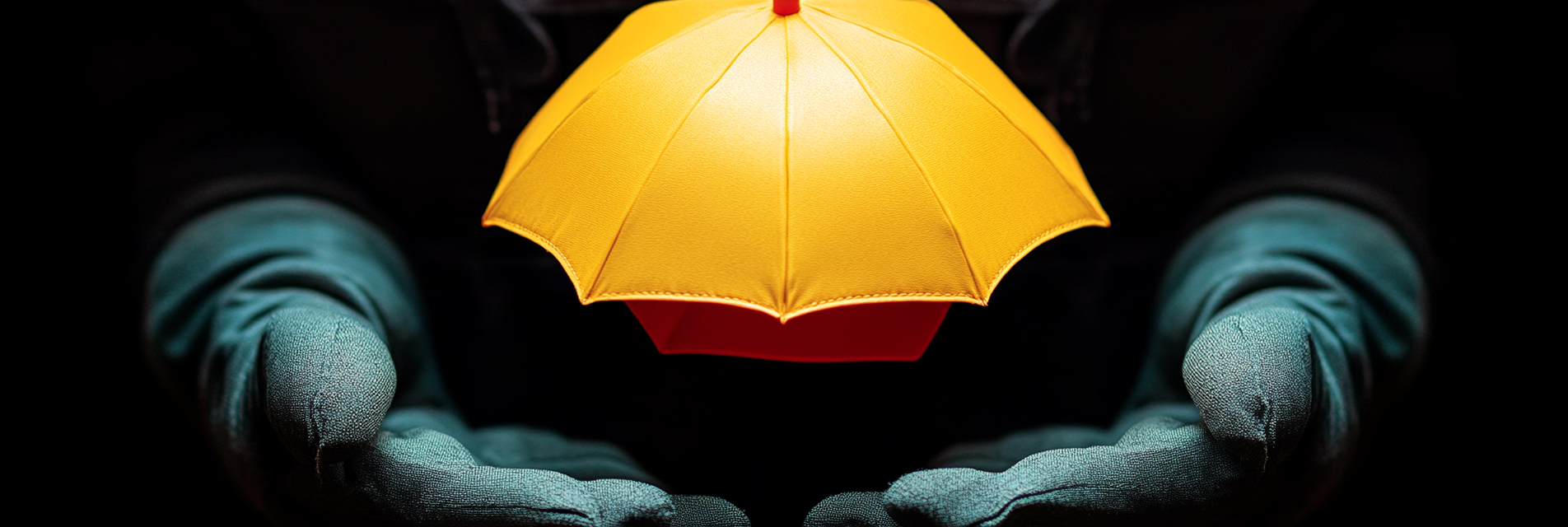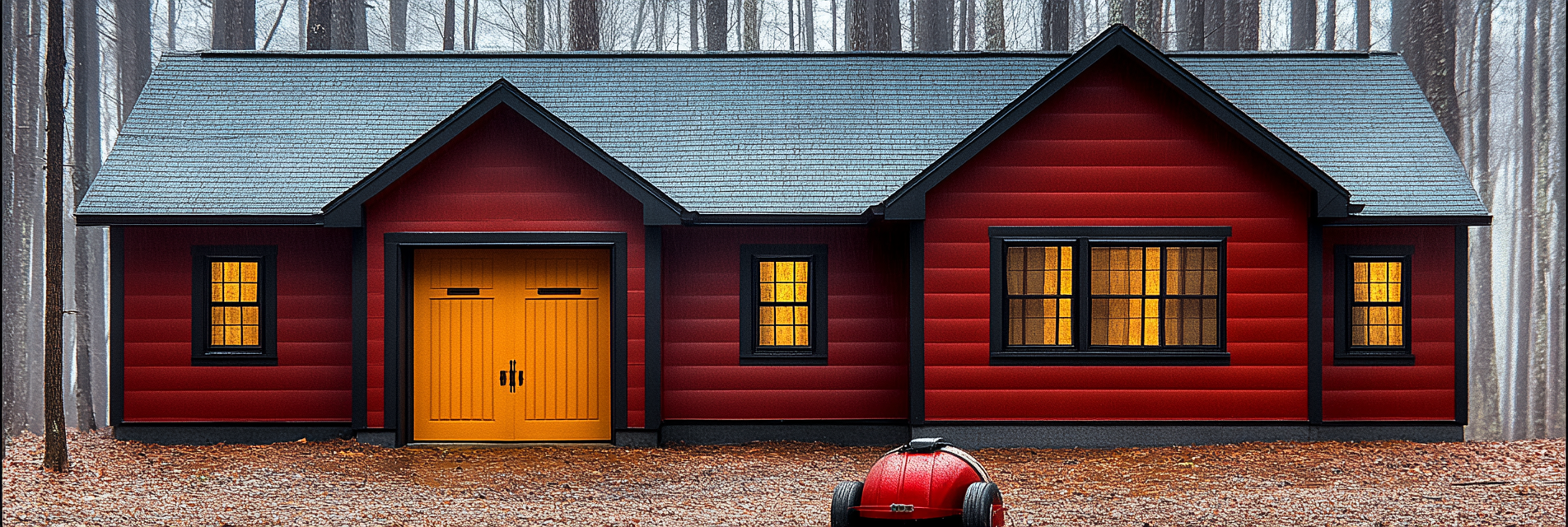In the chaos of a fire emergency, ensuring the safety of your pets can be a challenging task. Pets are part of the family, and just like the rest of your household, they need to be included in your emergency preparedness plan. This article covers practical steps, product recommendations, and essential tips for protecting your pets during a fire.
1. Creating a Pet Emergency Plan
Developing an emergency plan specifically for your pets is vital. This plan should include safe exits, a designated safe space outside the home, and a strategy for gathering pets quickly.
- Assign Pet Roles: Designate one person in your family to be responsible for each pet during an evacuation. This helps avoid confusion and ensures that no pet is left behind.
- Emergency Contacts: Have a list of nearby pet-friendly shelters, veterinarians, and friends who can temporarily house your pets in case of a prolonged evacuation.
2. Pet-Specific Fire Safety Equipment
Equip your home with pet-focused safety tools to help manage a fire emergency:
- Pet Alert Stickers: Place stickers or window clings like PetAlert Emergency Window Stickers near entry points to inform first responders about the number and type of pets in your home.
- Pet Carriers and Crates: Keep a sturdy pet carrier or crate for each pet in an accessible location. Petmate Sky Kennel is a durable option that works for both cats and small dogs.
- Leashes and Harnesses: Store extra leashes and harnesses near exits for quick access. Reflective leashes such as those from Blue-9 Pet Products ensure visibility if you need to evacuate at night.
3. Practicing Pet Evacuation Drills
Just as you conduct fire drills with your family, practice evacuation with your pets:
- Simulated Drills: Practice carrying your pets out of the house in their carriers or with leashes to help them become familiar with the process.
- Training for Safe Exit: Teach pets to come to you when they hear a specific command or signal, such as a whistle or bell, so you can gather them quickly in an emergency.
Use Case Scenario: If a fire breaks out at night, having practiced evacuation drills ensures that your dog or cat knows to come to you, allowing for a swift and coordinated exit.
4. Essential Items for a Pet Emergency Kit
Prepare a pet emergency kit that includes:
- Food and Water: Pack enough pet food for at least three days and small, collapsible water bowls like Comsun Collapsible Pet Bowls.
- Medications and Veterinary Records: Store any essential medications and copies of your pet’s medical records in a waterproof container.
- Comfort Items: Include a familiar toy or blanket to help reduce stress during an evacuation.
5. Fireproof Safe for Pet Documents
Keep important documents such as vaccination records, microchip information, and pet insurance policies in a fireproof safe like the SentrySafe Fireproof and Waterproof Safe.
6. Pet Identification and Microchipping Ensure your pets have up-to-date identification:
- Collars with ID Tags: Keep a collar with an ID tag that includes your phone number and address on your pet at all times.
- Microchipping: If not already microchipped, consider having your pets microchipped. This permanent form of identification can be scanned by veterinarians or shelters to help reunite you with your pet if you become separated.
7. Safe Space and Hiding Spots
Pets often hide when frightened. Knowing your pet’s favorite hiding spots is essential for quick evacuation:
- Designate a Safe Room: If you have time during an emergency, move your pets to a room with fewer exits where you can gather them quickly before evacuating.
- Secure Hiding Areas: Make sure all potential hiding places (under beds, behind furniture) are easy to access if you need to retrieve your pet quickly.
Use Case Scenario: During a sudden fire, knowing your cat’s preferred hiding spot under the bed ensures you can retrieve them efficiently and avoid delays in evacuation.
8. Keeping Pets Safe During and After Evacuation
Once you’ve evacuated, take steps to keep your pets safe:
- Temporary Pet Housing: Identify pet-friendly hotels or shelters ahead of time. Apps like BringFido can help locate nearby pet-friendly accommodations during an emergency.
- Emergency Comfort and First Aid: Have basic first aid supplies for pets, such as VetWrap Bandaging Tape, antiseptic wipes, and gauze in case of minor injuries.
9. Preventing Pet-Related Fire Hazards
Pets can unintentionally start fires by knocking over candles, chewing on electrical cords, or jumping on stove knobs. Here’s how to minimize these risks:
- Use Flameless Candles: Replace traditional candles with LED flameless candles to prevent accidental fires.
- Secure Stove Knobs: Install stove knob covers like Safety 1st Clear View Stove Knob Covers to prevent pets from turning on the stove.
- Hide Electrical Cords: Protect electrical cords with covers or cord organizers to prevent pets from chewing on them.
10. Post-Fire Care and Recovery for Pets
After a fire, pets may show signs of trauma or respiratory distress:
- Monitor for Behavioral Changes: Look for signs such as excessive hiding, panting, or changes in eating habits, which may indicate stress or anxiety.
- Vet Check-Up: Schedule a vet appointment to ensure your pet hasn’t inhaled smoke or sustained any injuries during the fire.
- Comfort and Routine: Try to maintain your pet’s regular routine as much as possible to help them readjust to normal life.
Conclusion
Preparing for a fire emergency involves more than just safeguarding your home—it’s about ensuring the safety and well-being of every member of your family, including your pets. By incorporating pet-focused emergency plans, safety equipment, and preventative measures, you can keep your furry friends safe and protected. Paul Lindberg’s Dryer Fire Fighters emphasizes the importance of comprehensive fire safety plans that include provisions for pets, making your home truly fire-ready.
Serving the communities of:
Kennewick | Pasco | Richland | West Richland | Finley | Burbank | Benton City | Prosser | Grandview | Connell
As the sole certified dryer exhaust technician recognized by CSIA.org in the Tri-Cities area, Paul brings a wealth of expertise to fire prevention. His primary focus lies in addressing the root cause of many residential fires: lint buildup in dryer cavities and vents. Through rigorous inspections and thorough cleanings, Paul ensures that families and businesses can enjoy peace of mind, knowing their properties are safeguarded against fire risks.









































